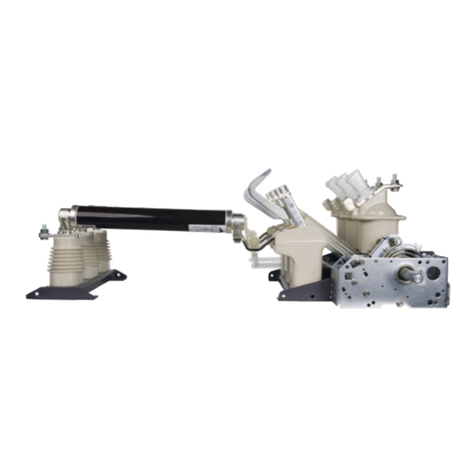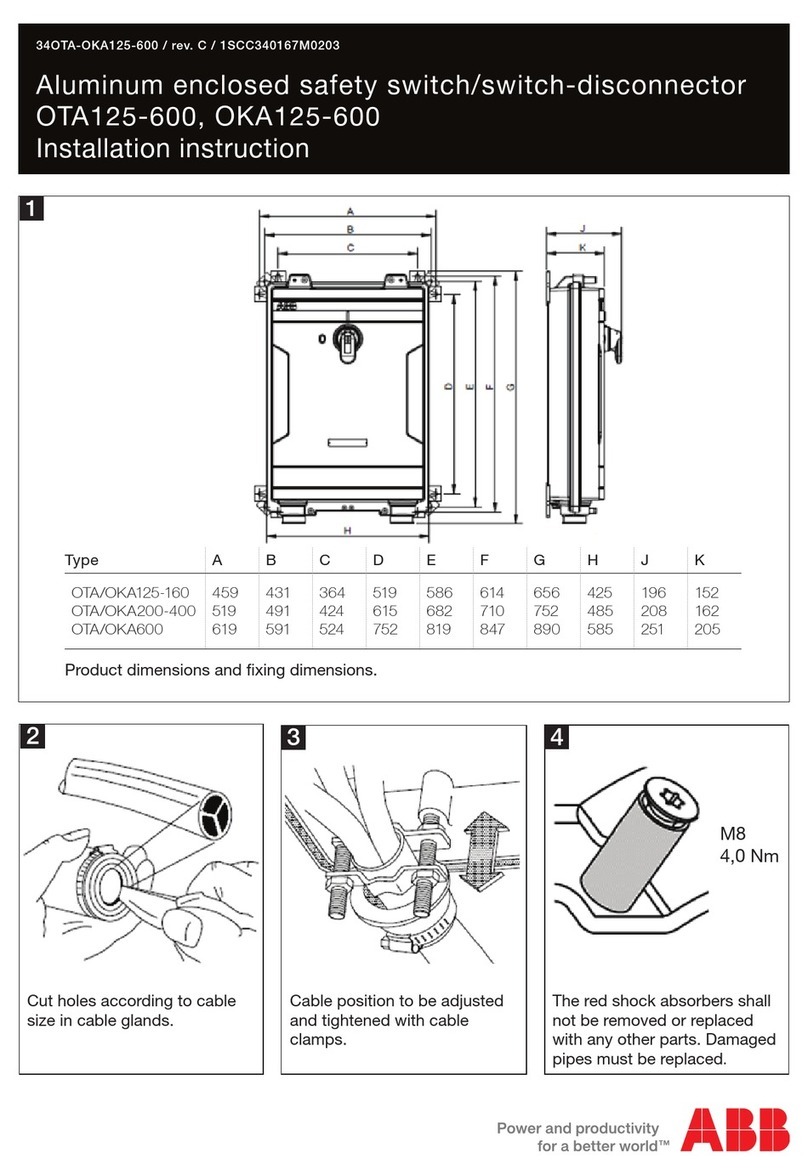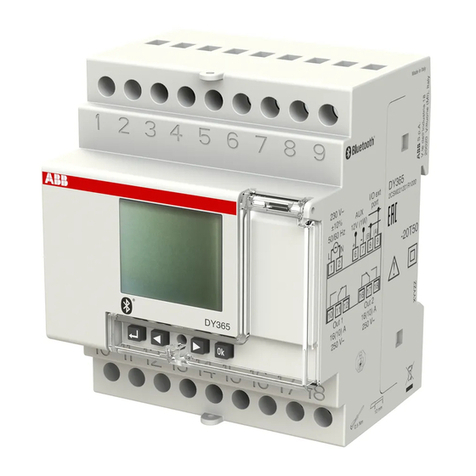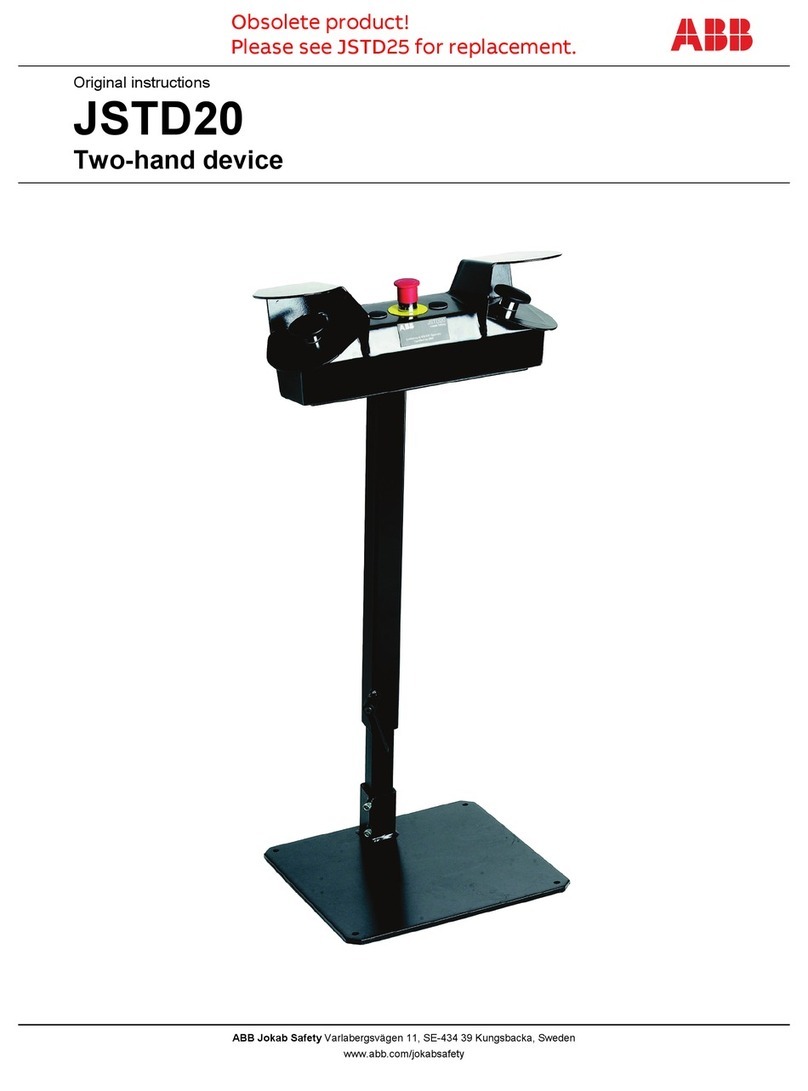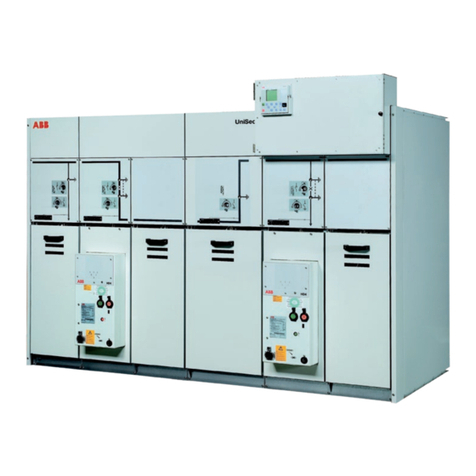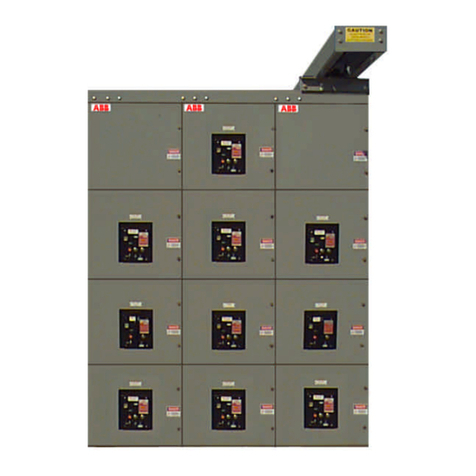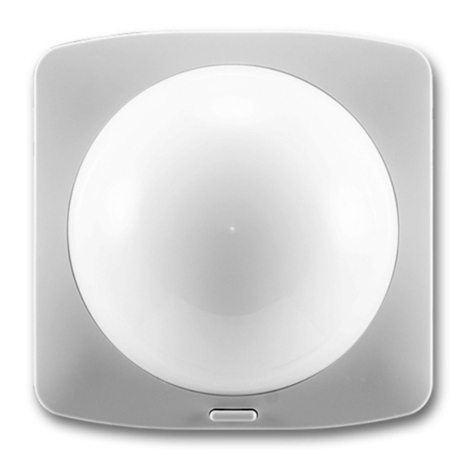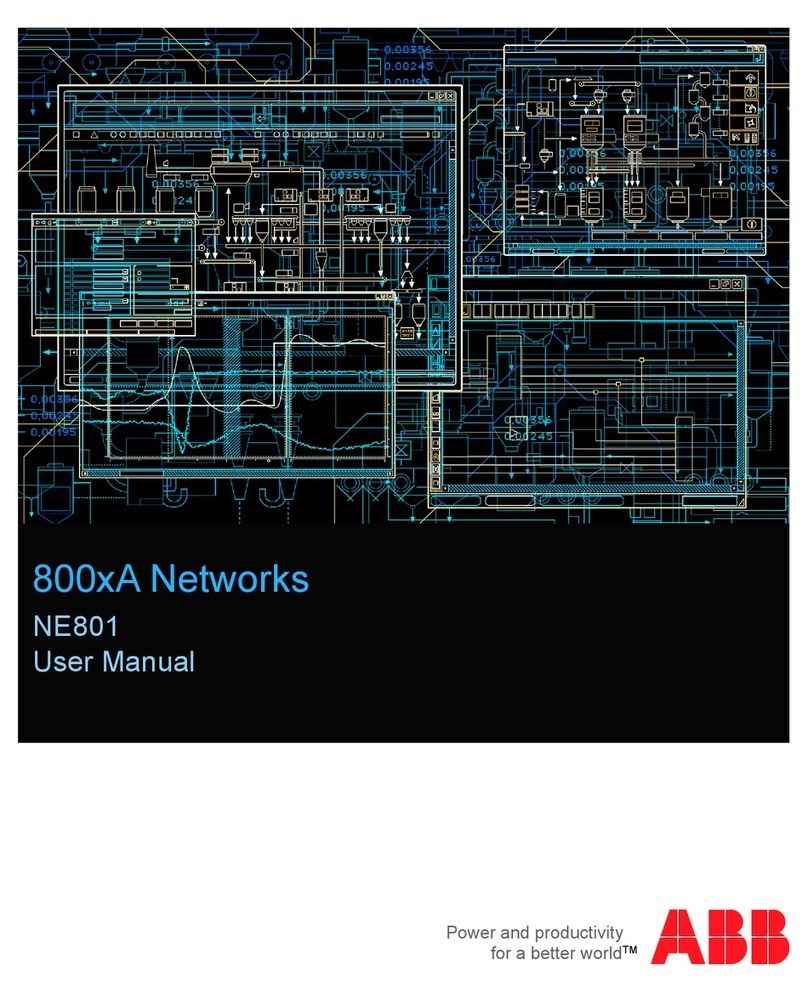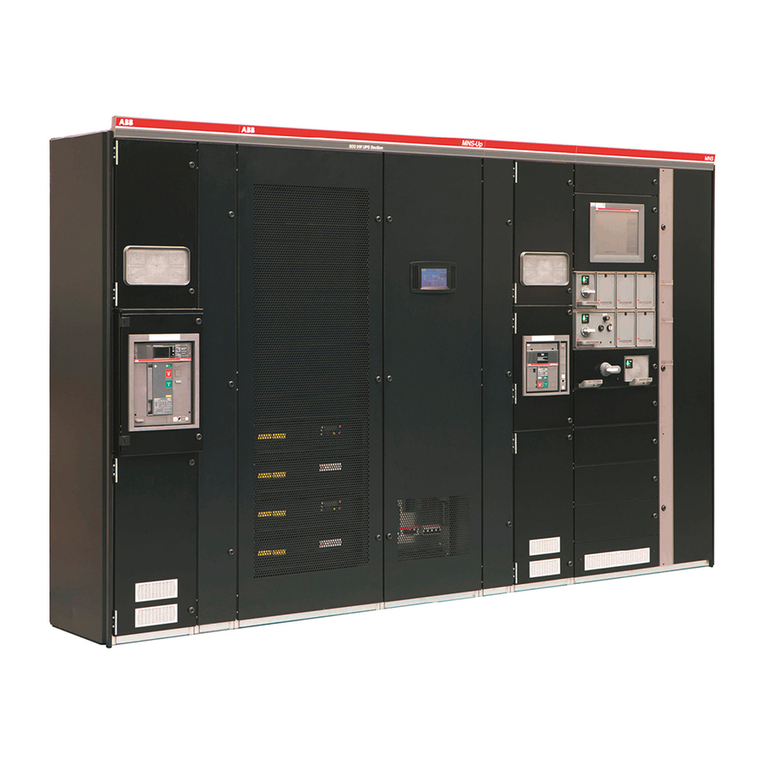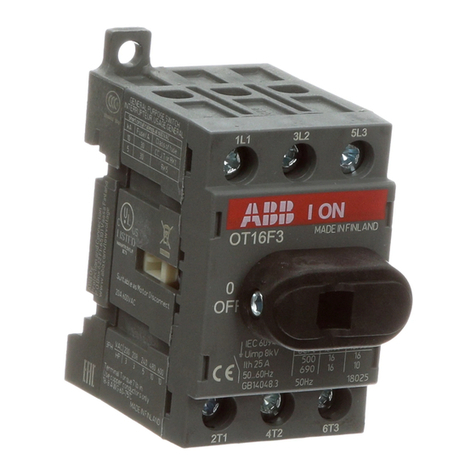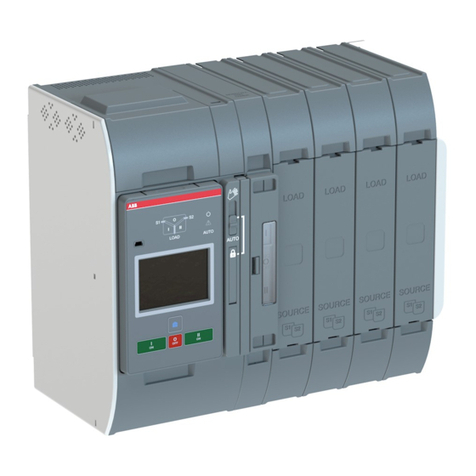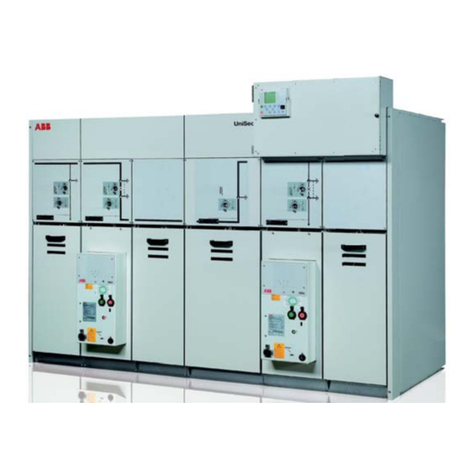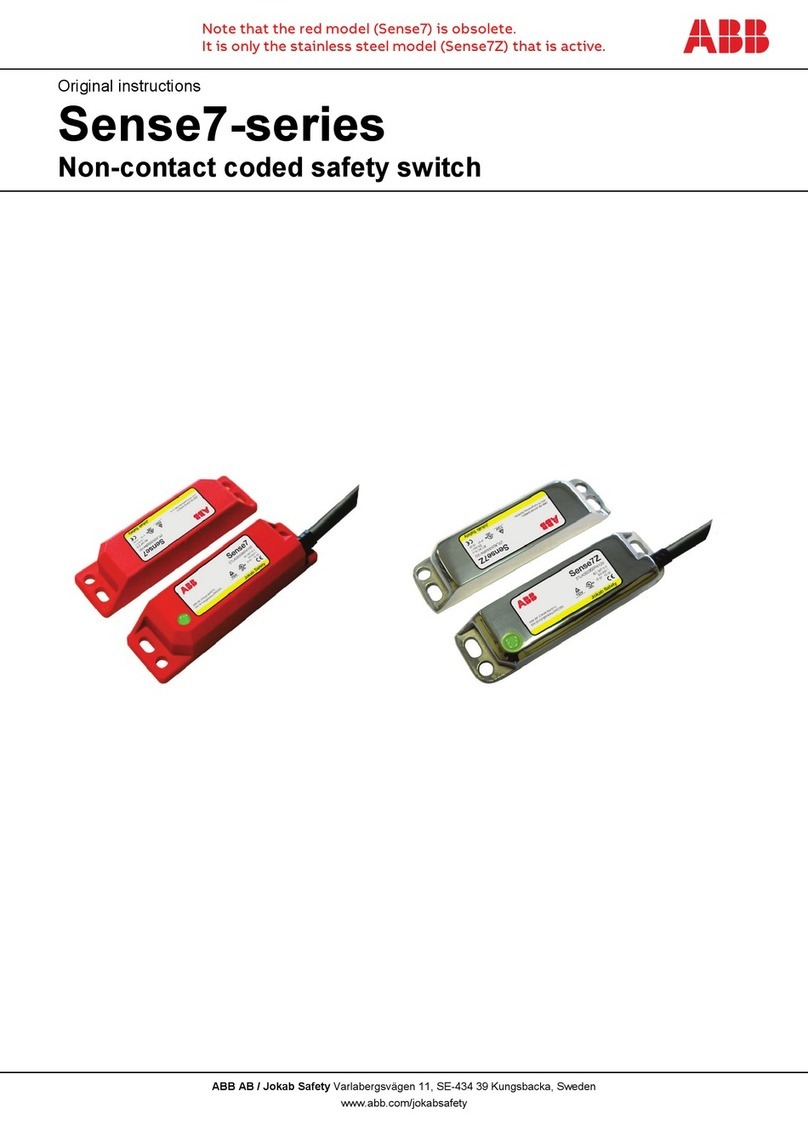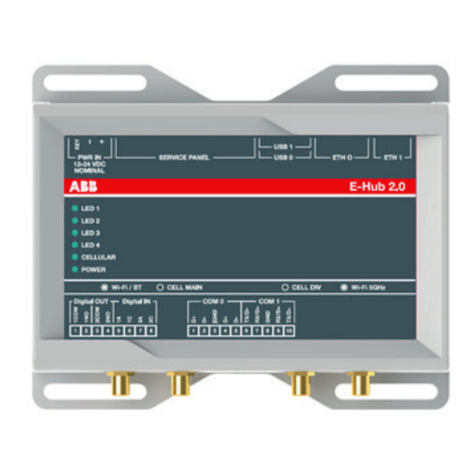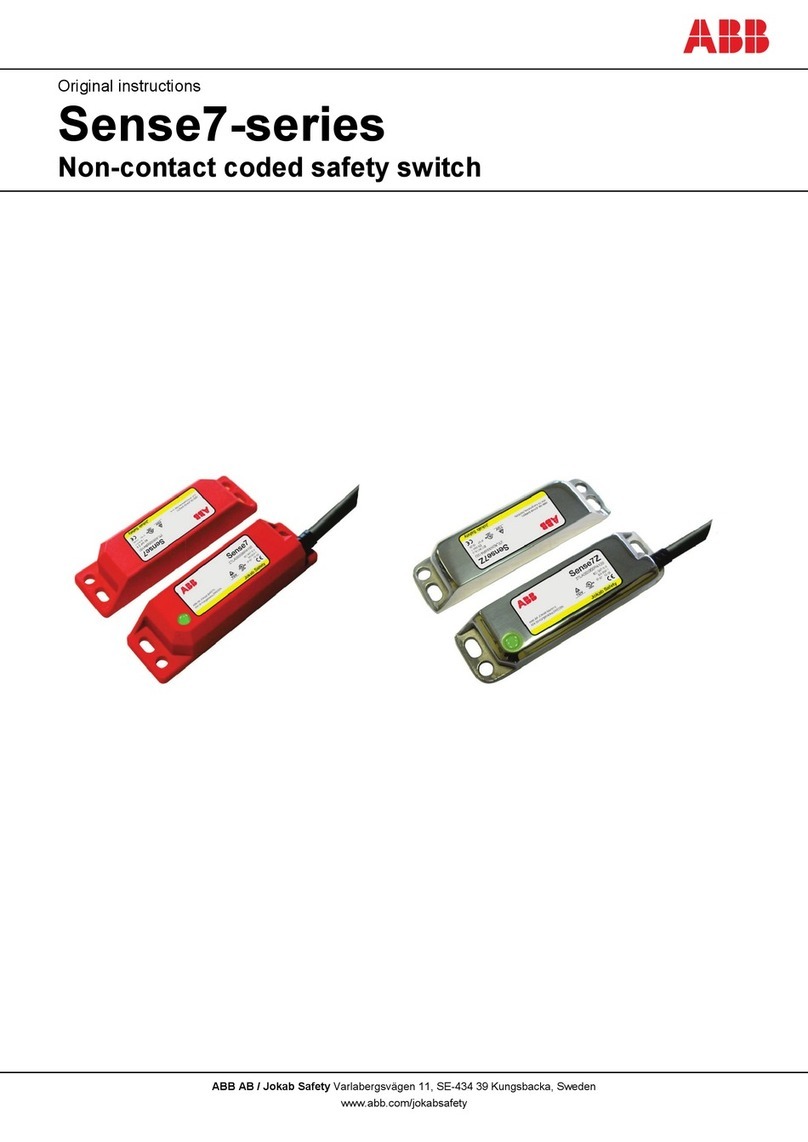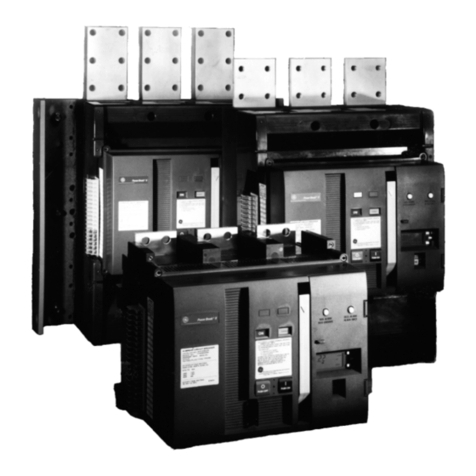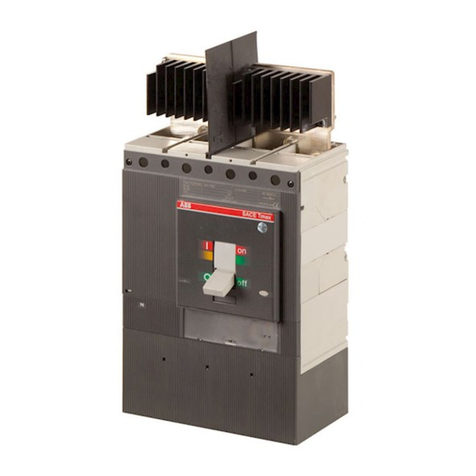
4
1. INTRODUCTION
1.2 Instruction book arrangement
Information and procedures in this instruction
book are divided as follows:
1. Introduction, gives a brief account of the
equipment's function and provides for general
information, and applicable data for the
equipment and its components.
2. Receiving, Handling and Storage, describes
procedures required for receiving and handling
the equipment and how to prepare it for
short-or long-term storage.
3. Description, describes the AKD-20 and
Entellisys low voltage switchgear and its various
components. Included are the section enclosure,
breaker compartment, circuit breakers,
instrument panels and instrument
compartments, bus bar arrangement, incoming
cable and busway, ground and neutral bus,
outdoor equipment, and auxiliary section.
This section also explains how the electrical
and mechanical components perform their
assigned functions.
4. Equipment Installation, provides the information
needed prior to installation, site location and
foundation requirements, and how to anchor
the equipment properly and safely. It also covers
installation of peripheral equipment and includes
information on electrical connections and
mechanical construction.
5. Installing and Removing Circuit Breakers, gives
a step-by-step procedure for lifting the breaker
from the floor, installing it on draw-out rails, and
moving it into the connected position. A further
procedure is given to withdraw a breaker, remove
it from the draw-out rails, and lower it to the
floor. Also included is a description of the
rejection system provided to avoid the
inadvertent use of an incorrect breaker
in a breaker compartment.
6. Testing and Inspection, reviews items which
should be tested or inspected prior to energizing
and operating the switchgear.
7. Operating the switchgear, covers how to
operate the breakers, and contains information
concerning draw-out provisions, doors, and
various accessories.
8. Energizing the switchgear, outlines the steps
to be taken before and during the electrical
energization of the equipment.
9. Maintaining the switchgear, provides
instructions for all preventive maintenance,
servicing, and lubrication information for the
switchgear equipment. Included is service and
maintenance data for the circuit breakers,
instrument compartments, instruments, bus
bar joints, and cable and busway connections.
This section also includes paint refinishing
requirements.
Appendices A, B, and C, contain information
concerning screw and bolt torque values,
circuit breaker rejection features, and circuit
breaker information.
